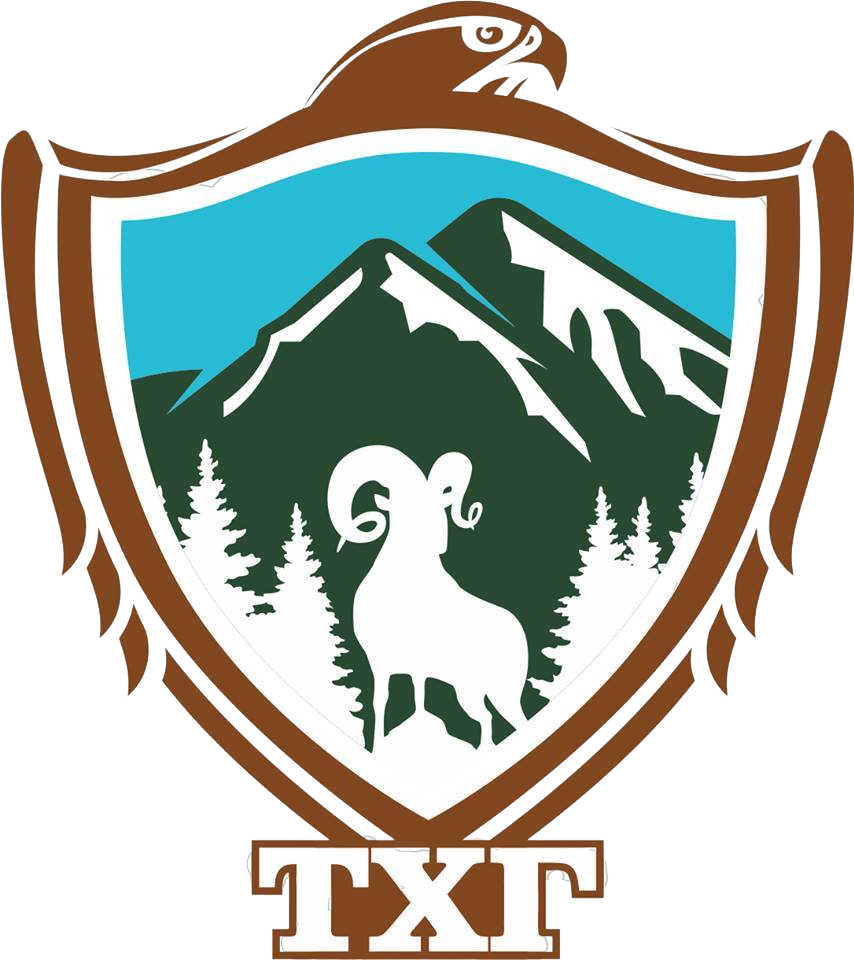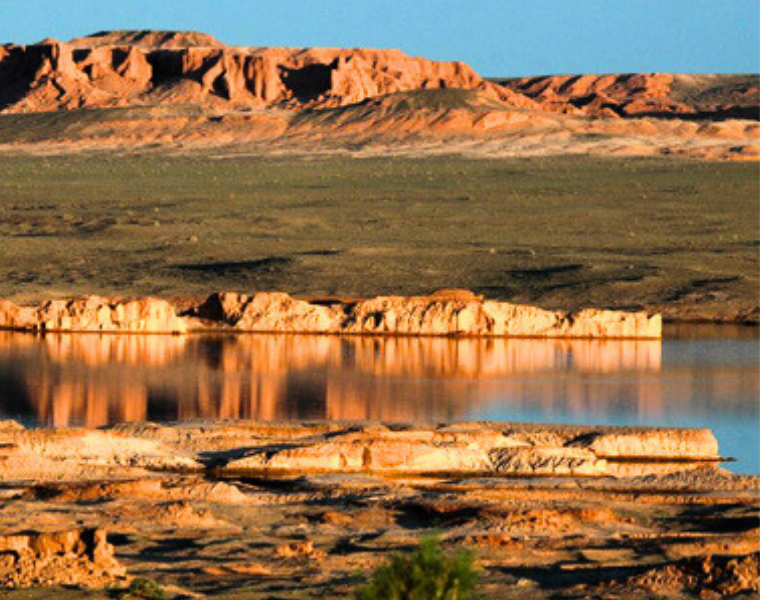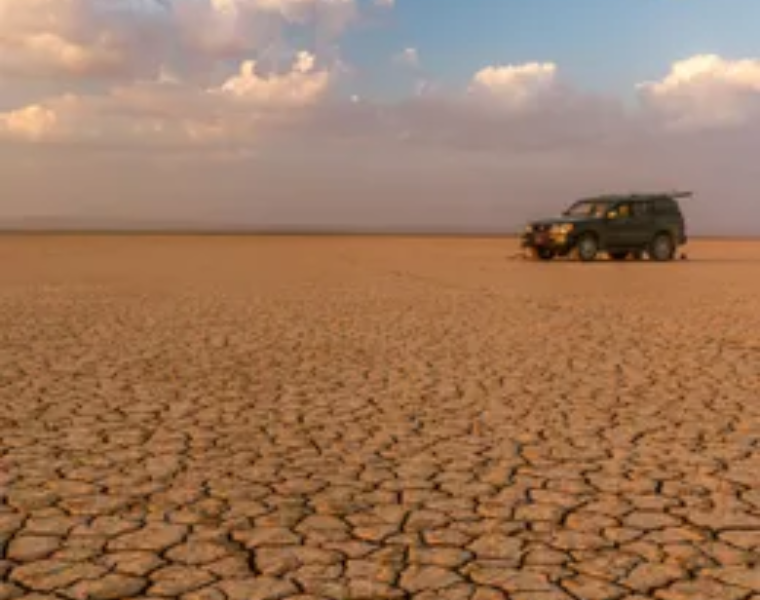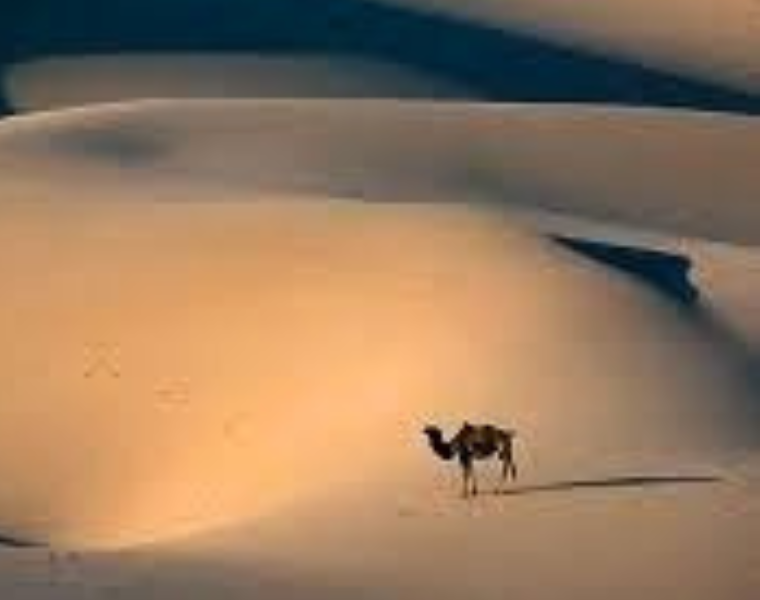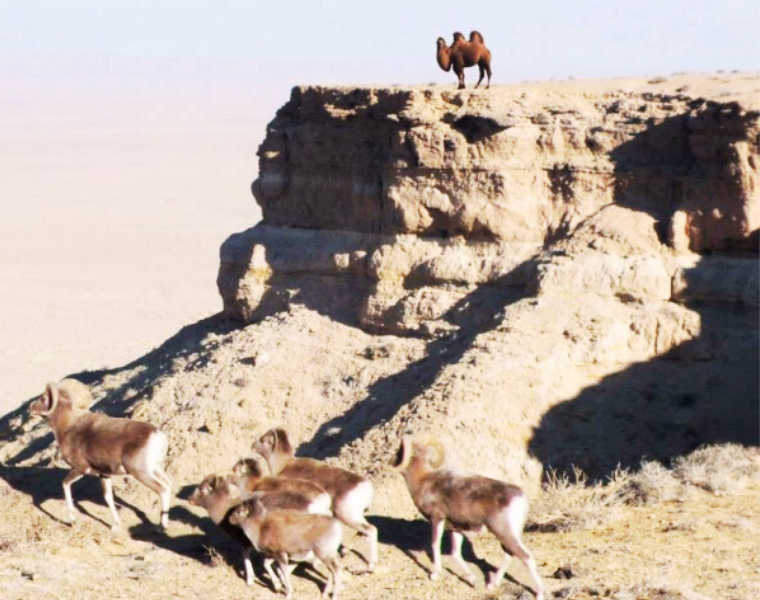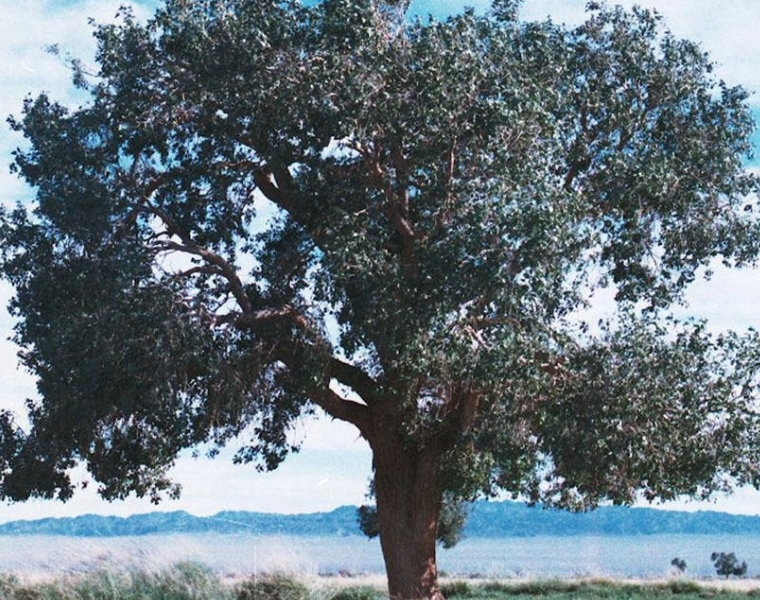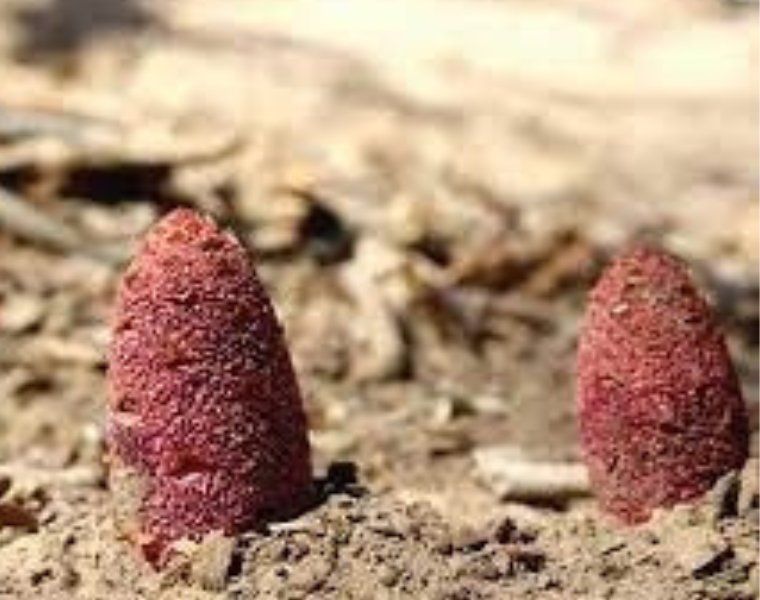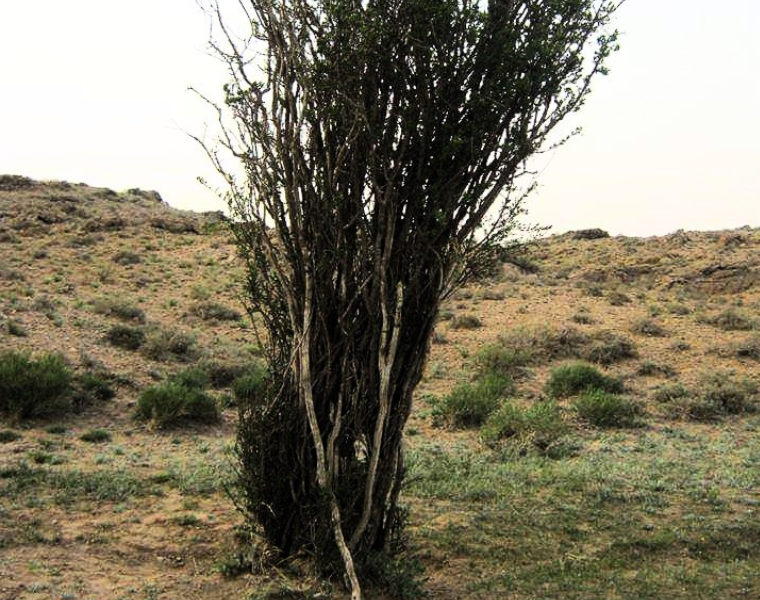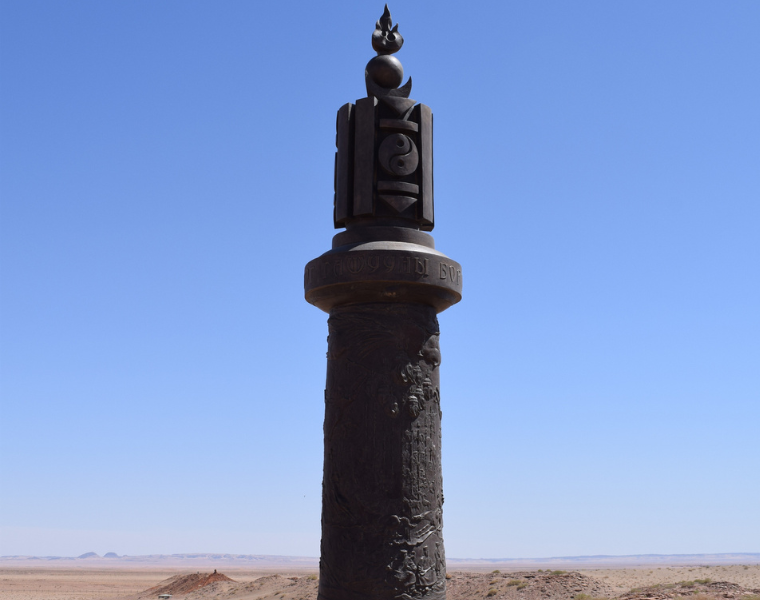Database



Territory of region “B” of the Small Gobi Strictly Protected Area covers the boundary area of East Gobi desert-steppe and Alashaa Gobi desert regions, according to the botanic-geographical regionalization of Mongolia. Dominating vegetations are desert-steppe communities such as Stipa gobica - Cleistogenes soongorica, Stipa gobica - Allium polyrrhizum, Stipa gobica -Ajania. Also desert communities, where dominate Salsola, Anabasis, Potaninia, Brachanthemum, Eurotia, Caragana, Artemisia, Reamuria species are abundant. We registered 155 species, belonging to 118 genera and 38 families in the region “B” of Small Gobi Strictly Protected Area. It was revealed that 4 species were relicts, 17 endemics, 13 species included in the Red Book, 13 species listed in the Red List, 11 very rare species, 7 rare species, 68 medicinal plants and 9 food plants. This book includes 101 species, belonging 81 genera and 36 families. From them, 8 species are very rare, 5 species are rare and 88 species are common
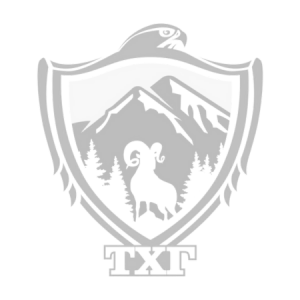
Based on our investigation, we have documented 155 plant species representing 118 distinct species across 38 genera in the third section ("B") of the Small Gobi Protected Area. Among these, 4 are considered rare plants, 17 are native species, 13 are included in the Red Book, 11 are classified as extremely rare, 7 are categorized as rare, 68 are recognized for their medicinal properties, and 9 are identified as edible plants.
In the flora of the "B" section of the Small Gobi Reserve, our findings reveal the presence of 101 plant species spanning 81 genera within 36 families. Notably, this includes 18 species categorized as very rare, 31 as rare, and 52 as abundant.

Animals
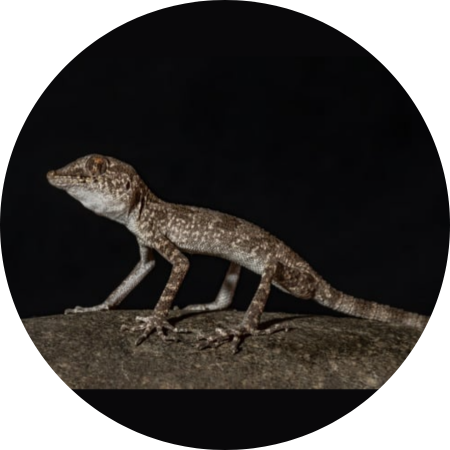
Amphibian and reptiles of SMALL GOBI Strictly Protected Area
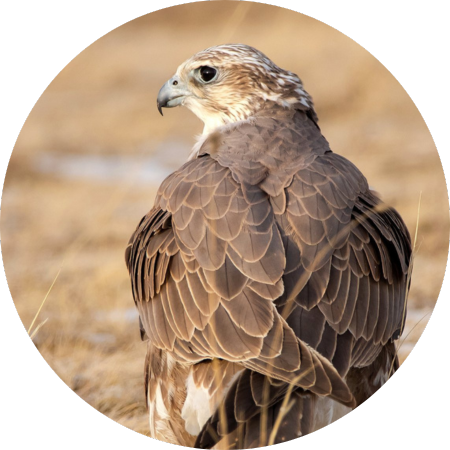
Birds of Small Gobi Strictly Protected Area
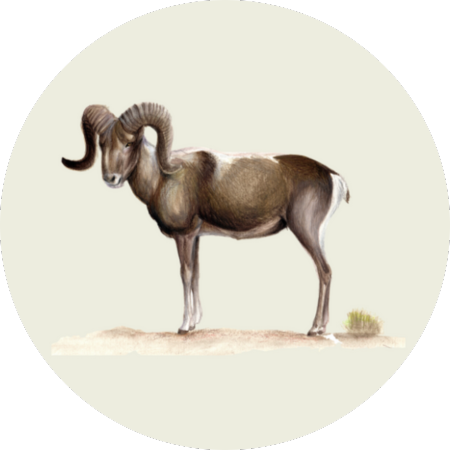
Mammals of Small Gobi Strictly Protected Area
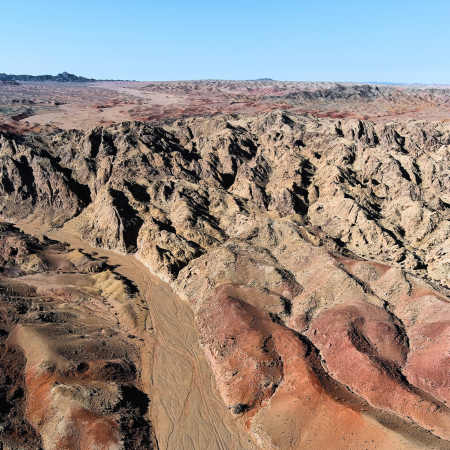
Geography
The Small Gobi Protected Area encompasses primarily Gobi Desert terrain, with a prevailing transition from south to north into a more desert-steppe typology. It is located in the eastern foothills of the Gobi Altai mountain range, in the extremely arid desert of Central Asia, at an average elevation of 1000 m above sea level. The highest point is Aguin Uul, reaching an elevation of 1277 meters above sea level, while the lowest point is in Oshin Gobi, at approximately 1090 meters.
Climate
The average daily air temperature drops below 0°C from the end of October and rises up starting from March 25, with 215-240 days above 0°C. The annual average air temperature in the region exhibits a relatively warm range, fluctuating between 3.8°C to 7.2°C. Notably, the eastern and southeastern sectors of the province experience slightly higher temperatures. Looking at the annual trend of air temperature, the general pattern of Mongolia's climate repeats itself, where January is the coldest and July is the warmest.
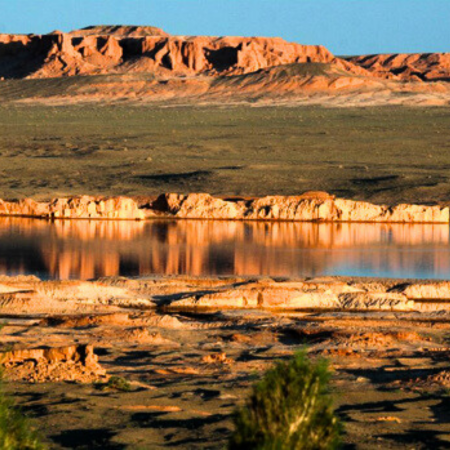

Working Hours
- Monday-Friday
- 08:00-17:00
Holidays
- Saturday, Sunday
- Closed
Address
SMALL GOBI strictly
protected area in the territory
of Khanbogd Sum, Umnugobi
Province
- UMNUGOBI PROVINCE, KHANBOGD SUM
- +976 88030903, +976 88607412
- goviinbagaspa@gmail.com
Website
Social Media
Designed by Oratexy.co – Electrifying Results
